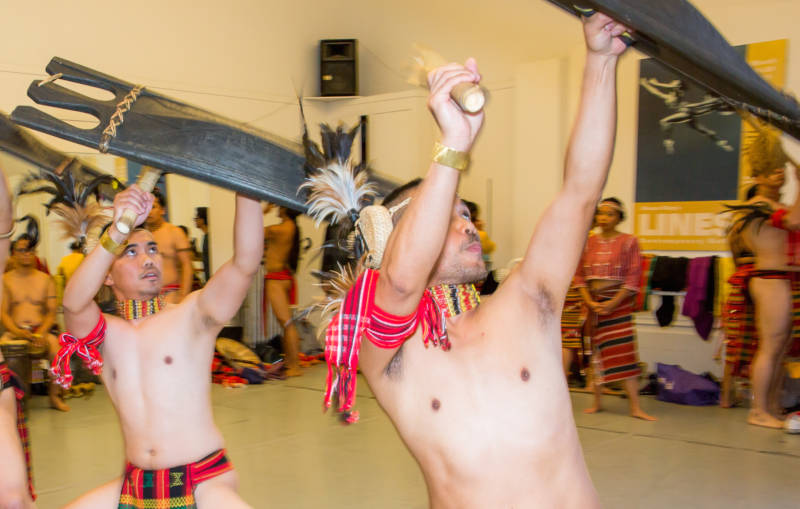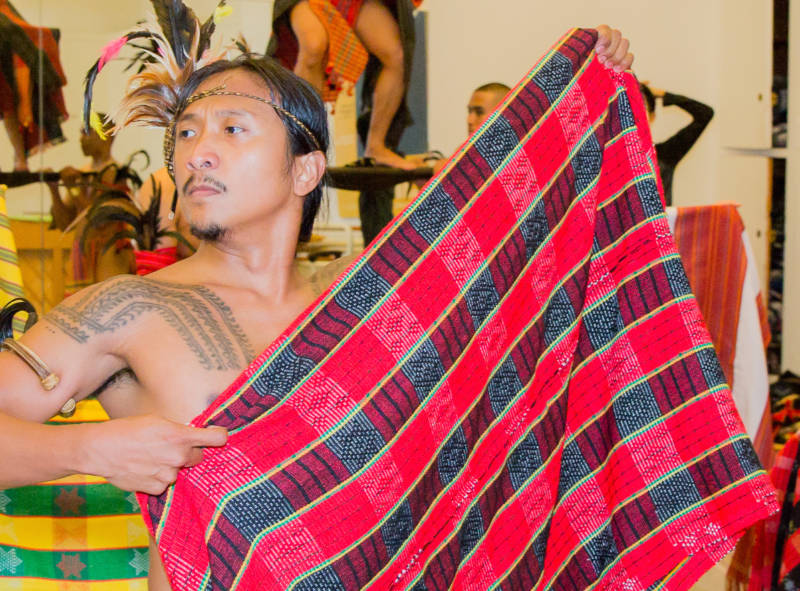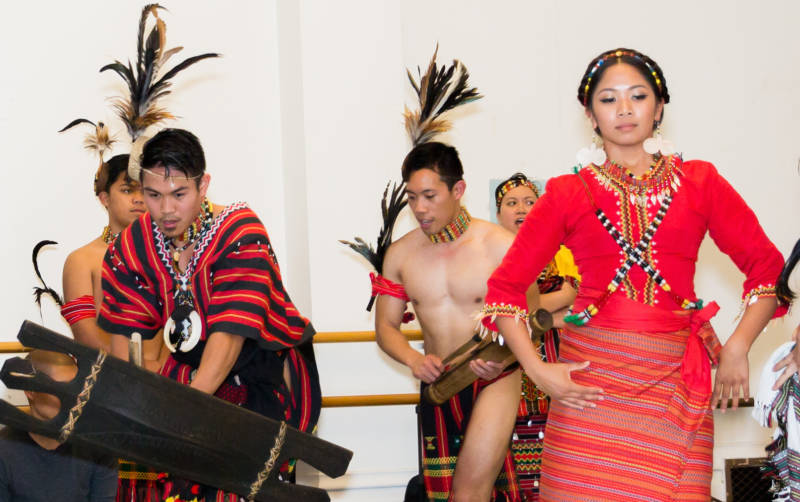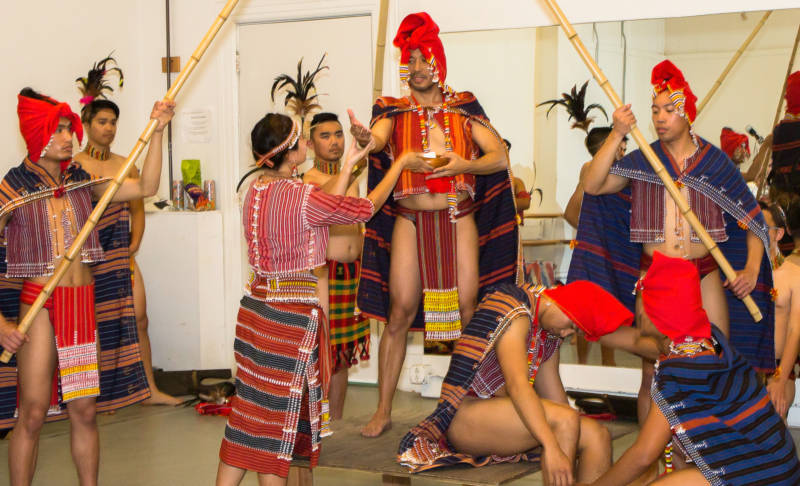The Bay Area’s large Filipino population is painfully aware of the plight of indigenous tribes in the Philippines, who have faced decades of harassment and extermination. The Bay Area dance troupe Parangal Dance Company is performing tribal dances as part of the 38th annual San Francisco Ethnic Dance Festival to raise awareness about the threatened cultures.
The future of the tribes may have taken an unexpected upturn with the sudden political ascendancy in May of the iron-fisted, trash-talking Rodrigo Duterte to the office of President of the Philippines. Duterte has pledged to defend the rights of the indigenous tribes, whose resource-rich lands have been systematically seized by transnational agribusiness, logging, energy, and mining companies, and whose leaders and activists have often been slain by paramilitary forces. (The tough-talking Duterte – aka “Duterte Harry” — has also vowed to dump the corpses of 100,000 criminals into Manila Bay and dismantle thieving oligarchies.)
Parangal’s artistic director Eric Solano has traveled from San Francisco to the tribal provinces of the Philippines to learn various ritual dances, some of which run for days and weeks. He then distills them into shorter spectacles tailored to festivals and other events.

Parangal has been in existence for eight years – a relative newcomer to the formidable family of Bay Area Filipino performing arts ensembles that work to keep traditions alive, along with Philippine arts presenter, Kularts. Solano first trained with the Barangay Dance Company before founding Parangal. Other prominent local troupes include San Francisco’s LIKHA-Pilipino Folk Ensemble (also making an appearance at this year’s Ethnic Dance Festival), the American Center of Philippine Arts in Berkeley and Brentwood, Kariktan Dance Company in Concord, San Jose’s Kaisahan and Hiyas Philippine Folk Dance Company, Kawayan Folk Arts in Milpitas, and Haranistas de Manila.




